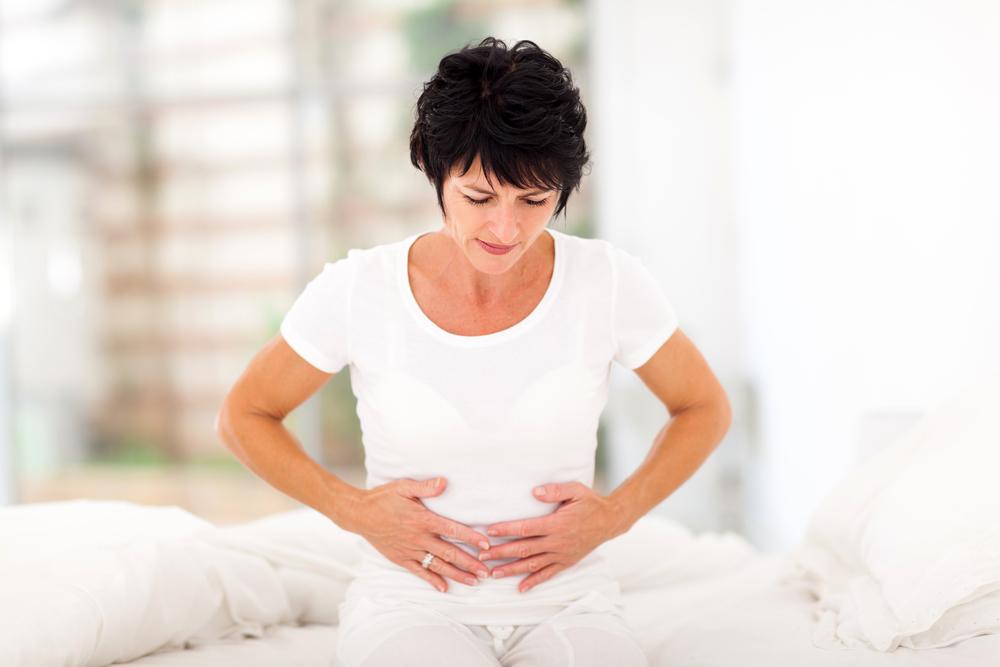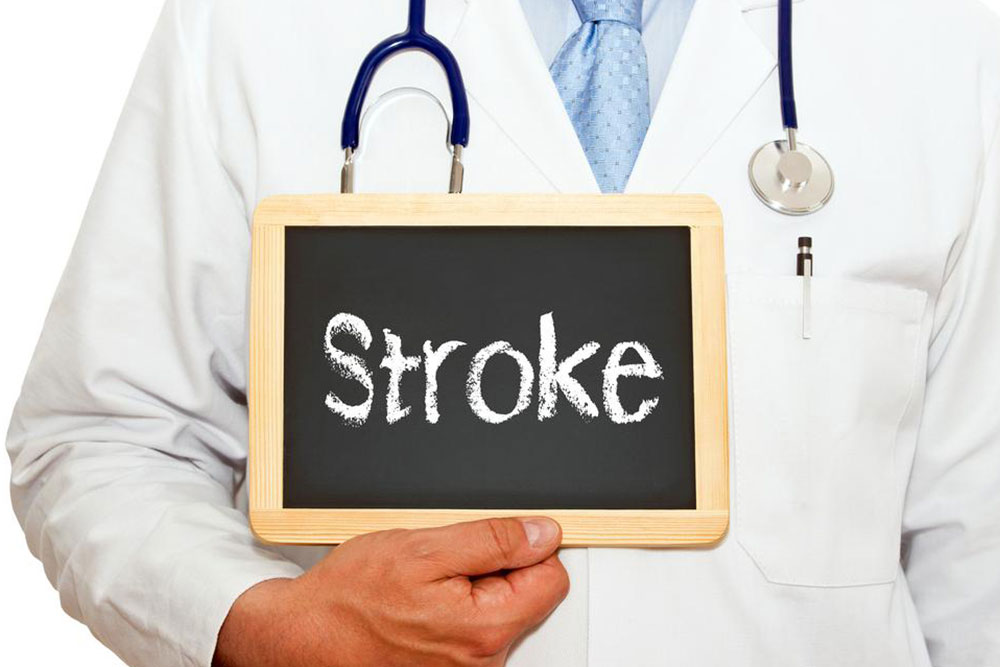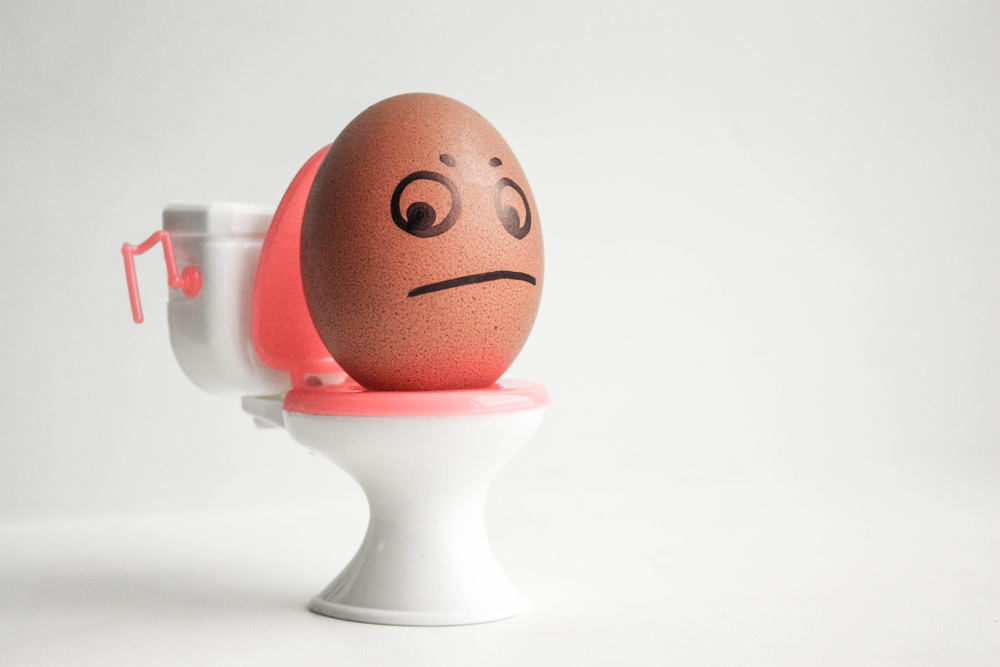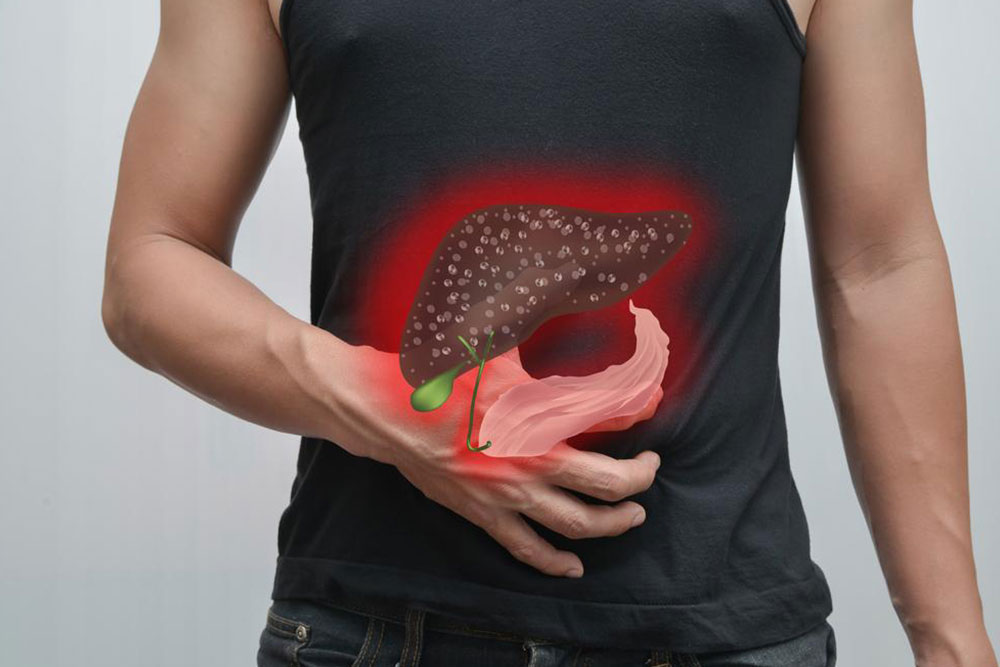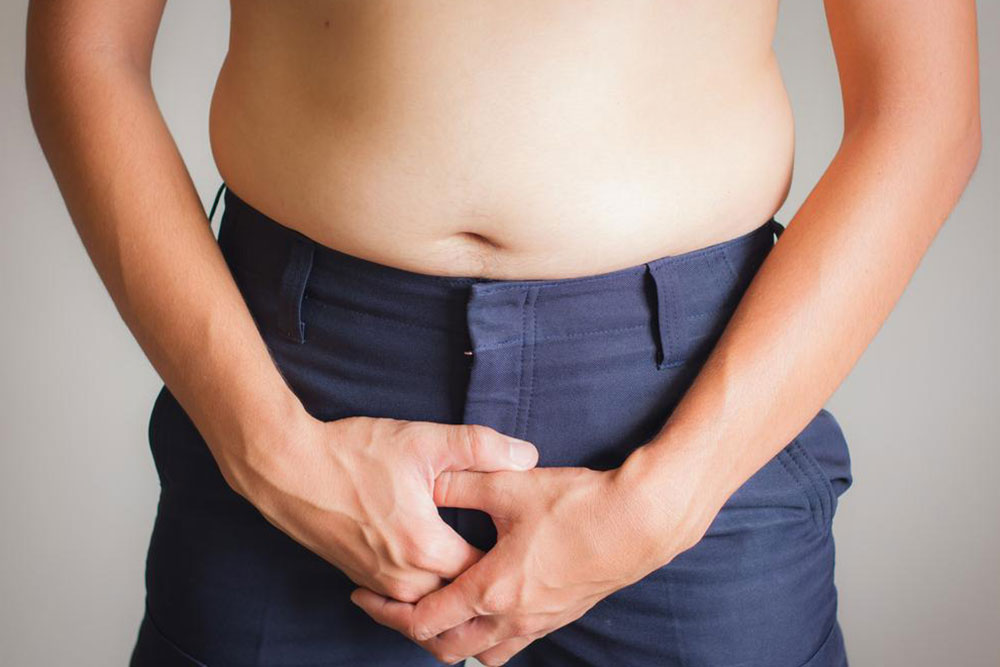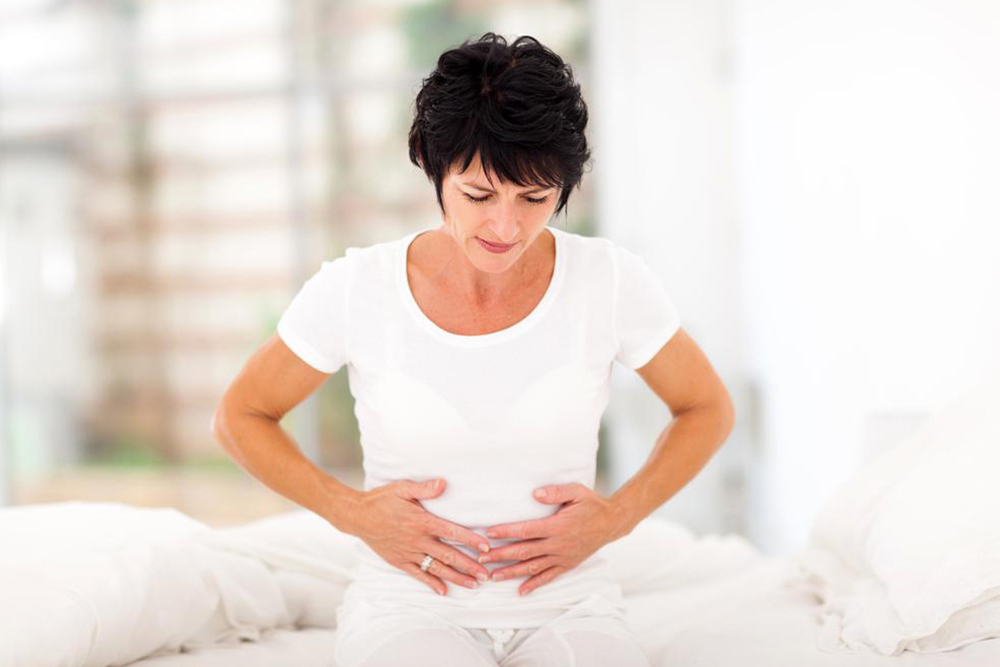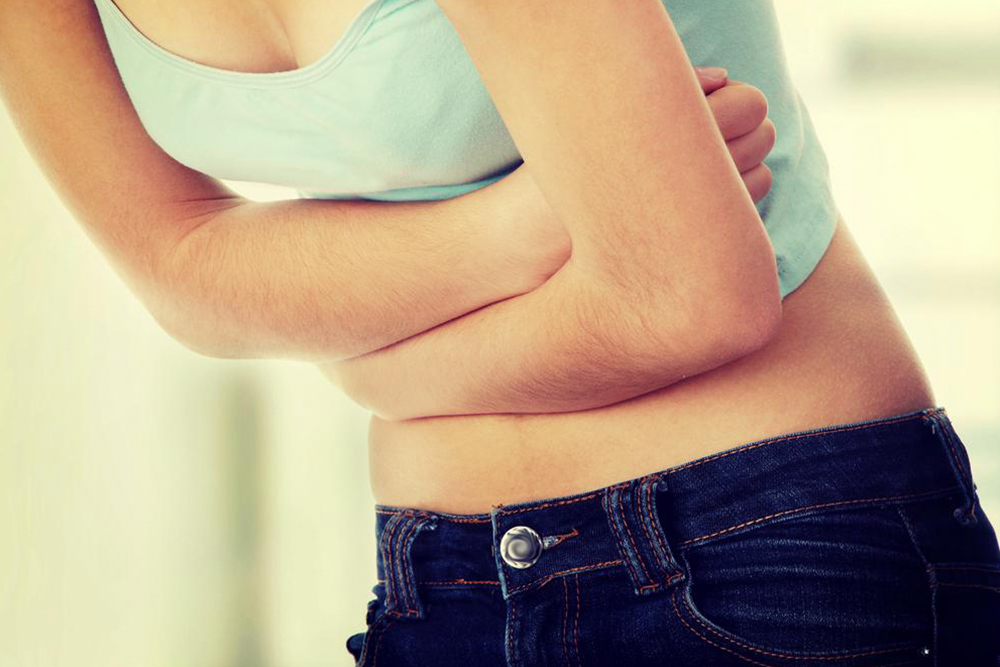Understanding Bladder Prolapse: Symptoms and Causes
This article explains bladder prolapse, highlighting its symptoms and main causes. It emphasizes the importance of early detection and medical care to prevent serious complications. Covered topics include signs like lower back pain, vaginal lumps, and painful urination, along with causes such as childbirth, menopause, and heavy lifting. The piece encourages women to seek prompt medical attention and maintain pelvic health through regular check-ups and exercises for improved well-being.

The bladder, nestled within the pelvic area, functions by storing urine until elimination. When the bladder descends from its normal position, it results in a condition known as bladder prolapse. This typically occurs in women when pelvic muscles weaken due to factors like childbirth or hormonal changes, causing the bladder to shift downward and create discomfort. Common symptoms include lower back pain, a noticeable lump in the vaginal area, and painful urination. Causes range from pregnancy and menopause to heavy lifting and chronic constipation. Early diagnosis and medical intervention can prevent complications and improve quality of life.
Maintaining pelvic health through exercise and timely medical check-ups is crucial for preventing bladder prolapse. Women experiencing symptoms should consult a healthcare professional for proper treatment and management opportunities.



